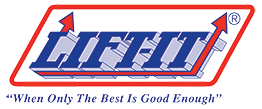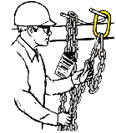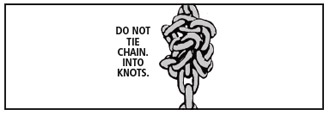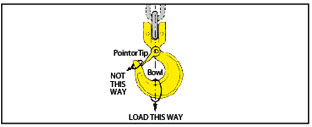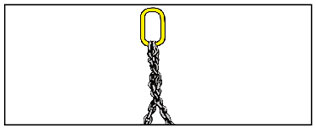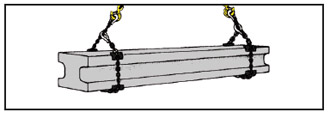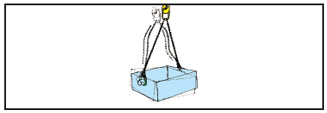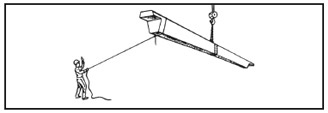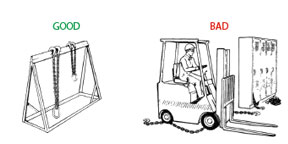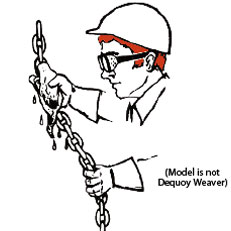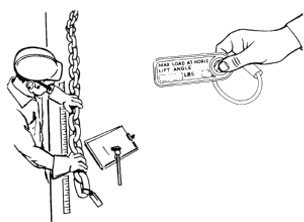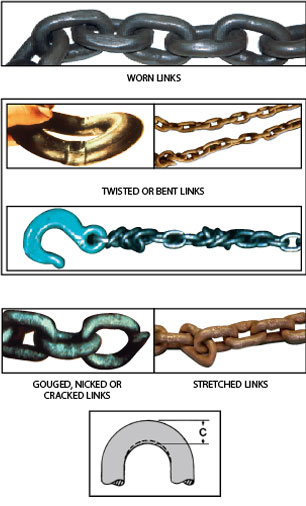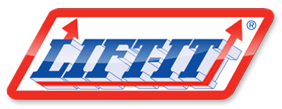You have no items in your shopping cart.
- Shop
- Quality
- Services
- Our Expertise
- Product Warning
- Videos
- Blog
- Contact Us
- 909-469-2251
-
Products
- Back
- Training Programs
-
Lifting Slings
- Back
-
Web Slings
- Back
- Eye & Eye Slings
- Polyester Max Edge™ Eye & Eye Slings
- Endless Sling
- Polyester Max Edge™ Endless Slings
- Basket Hardware Slings
- Choker Hardware Slings
- Reversed Eye Slings
- Wide Body Cargo Slings
- Attached Eye Cargo Slings
- Single Leg - Eye & Eye Sling Bridles (SLB)
- Double Leg - Eye & Eye Sling Bridles (MLB2)
- Triple Leg - Eye & Eye Sling Bridles (MLB3)
- Quad Leg - Eye & Eye Sling Bridle Assembly (MLB4)
- Round Slings
- Twin-Path Slings
-
Rope Slings
- Back
- Single Leg - Adjustable Rope Slings
- Double Leg - Adjustable Rope Slings
- Polyester Four Leg - Adjustable Rope Slings W/Top Link
- UHMPE PROLINE12™ Rope Slings - Eye & Eye
- UHMPE PROLINE12™ Rope Slings - Endless
- PROLINE12™ UHMPE Adjustable Rope Slings - Single Leg
- PROLINE12™ UHMPE Adjustable Rope Slings - Double Leg
- PROLINE12™ UHMPE Adjustable Rope Slings - Triple Leg
- PROLINE12™ UHMPE Adjustable Rope Slings - Quad Leg
- Special Purpose Slings
- Bridle Assemblies
- Cargo Slings
- Wire Rope Slings
- Chain Slings
- Utility Slings
- Wind Industry
- Container Lifting Assemblies
- Marine Slings
- Rail Industry Slings
- Mining Slings
-
Sling Protection
- Back
- CornerMax® Sleeves
- CornerMax® Velcro Pads
- CornerMax® Pads
- Magnetic Corner Protectors
- Quick Sleeves - Felt
- Sewn Sleeves - Felt
- Quick Sleeve - Nylon
- Sewn Sleeve - Nylon
- Quick Sleeve - Web
- Sewn Sleeve - Web
- Sewn Chap Sleeves - Felt
- Quick Chap Sleeves - Cordura®
- Quick Tubular Sleeves - Felt
- Quick Tubular Sleeves - Nylon
- Quick Tubular Sleeves - Web
- Chafe Gear
- Shackle Pin Protector Pads
- Wire Rope Saddle Protectors
-
Rigging Hardware
- Back
-
Shackles
- Back
- Van Beest® G-4161 Screw Pin Anchor Shackles
- Van Beest® G-4163 Bolt, Nut & Cotter Anchor Shackles
- Van Beest® P-6033 Wide Body Sling Shackles
- Van Beest® G-5263 Bolt, Nut & Cotter Alloy Anchor Super Strong Shackles
- Van Beest® G-4263 Screw Pin Wide Mouth Shackles with Bolt, Nut and Cotter
- Crosby® G-209 Screw Pin Anchor Shackle
- Van Beest® P-4161T Theatre Shackles
- Fittings & Connectors
-
Hoist Rings
- Back
- Actek® Swivel Hoist Ring
- Actek® Metric Swivel Hoist Ring
- Actek® Stainless Swivel Hoist Ring
- Actek® Metric Stainless Swivel Hoist Ring
- Actek® Ultra Lifting Ring
- Actek® Metric Ultra Lifting Ring
- Actek® Sideload Hoist Ring
- Actek® Metric Sideload Hoist Ring
- Actek® Forged Swivel Hoist Ring
- Actek® Metric Forged Swivel Hoist Ring
- Hooks
- Eye Bolts
- Turnbuckles
- Masterlinks
- Nets
-
Rope-Cordage
- Mooring Lines
- Helicopter Rigging
- Recovery Products
- Material Handling
-
Hoists
-
Blocks
- Back
- Rope Blocks
- Tie Downs
- Tool Bags & Buckets
-
Stahlwille
- Back
- Torque Wrenches
- Plate Clamps
- Dynamometers-Load
- Man Baskets
- Safety Resources
- Outrigger Pads
- Featured Products
-
Products
- Back
- Training Programs
-
Lifting Slings
- Back
-
Web Slings
- Back
- Eye & Eye Slings
- Polyester Max Edge™ Eye & Eye Slings
- Endless Sling
- Polyester Max Edge™ Endless Slings
- Basket Hardware Slings
- Choker Hardware Slings
- Reversed Eye Slings
- Wide Body Cargo Slings
- Attached Eye Cargo Slings
- Single Leg - Eye & Eye Sling Bridles (SLB)
- Double Leg - Eye & Eye Sling Bridles (MLB2)
- Triple Leg - Eye & Eye Sling Bridles (MLB3)
- Quad Leg - Eye & Eye Sling Bridle Assembly (MLB4)
- Round Slings
- Twin-Path Slings
-
Rope Slings
- Back
- Single Leg - Adjustable Rope Slings
- Double Leg - Adjustable Rope Slings
- Polyester Four Leg - Adjustable Rope Slings W/Top Link
- UHMPE PROLINE12™ Rope Slings - Eye & Eye
- UHMPE PROLINE12™ Rope Slings - Endless
- PROLINE12™ UHMPE Adjustable Rope Slings - Single Leg
- PROLINE12™ UHMPE Adjustable Rope Slings - Double Leg
- PROLINE12™ UHMPE Adjustable Rope Slings - Triple Leg
- PROLINE12™ UHMPE Adjustable Rope Slings - Quad Leg
- Special Purpose Slings
- Bridle Assemblies
- Cargo Slings
- Wire Rope Slings
- Chain Slings
- Utility Slings
- Wind Industry
- Container Lifting Assemblies
- Marine Slings
- Rail Industry Slings
- Mining Slings
-
Sling Protection
- Back
- CornerMax® Sleeves
- CornerMax® Velcro Pads
- CornerMax® Pads
- Magnetic Corner Protectors
- Quick Sleeves - Felt
- Sewn Sleeves - Felt
- Quick Sleeve - Nylon
- Sewn Sleeve - Nylon
- Quick Sleeve - Web
- Sewn Sleeve - Web
- Sewn Chap Sleeves - Felt
- Quick Chap Sleeves - Cordura®
- Quick Tubular Sleeves - Felt
- Quick Tubular Sleeves - Nylon
- Quick Tubular Sleeves - Web
- Chafe Gear
- Shackle Pin Protector Pads
- Wire Rope Saddle Protectors
-
Rigging Hardware
- Back
-
Shackles
- Back
- Van Beest® G-4161 Screw Pin Anchor Shackles
- Van Beest® G-4163 Bolt, Nut & Cotter Anchor Shackles
- Van Beest® P-6033 Wide Body Sling Shackles
- Van Beest® G-5263 Bolt, Nut & Cotter Alloy Anchor Super Strong Shackles
- Van Beest® G-4263 Screw Pin Wide Mouth Shackles with Bolt, Nut and Cotter
- Crosby® G-209 Screw Pin Anchor Shackle
- Van Beest® P-4161T Theatre Shackles
- Fittings & Connectors
-
Hoist Rings
- Back
- Actek® Swivel Hoist Ring
- Actek® Metric Swivel Hoist Ring
- Actek® Stainless Swivel Hoist Ring
- Actek® Metric Stainless Swivel Hoist Ring
- Actek® Ultra Lifting Ring
- Actek® Metric Ultra Lifting Ring
- Actek® Sideload Hoist Ring
- Actek® Metric Sideload Hoist Ring
- Actek® Forged Swivel Hoist Ring
- Actek® Metric Forged Swivel Hoist Ring
- Hooks
- Eye Bolts
- Turnbuckles
- Masterlinks
- Nets
-
Rope-Cordage
- Mooring Lines
- Helicopter Rigging
- Recovery Products
- Material Handling
-
Hoists
-
Blocks
- Back
- Rope Blocks
- Tie Downs
- Tool Bags & Buckets
-
Stahlwille
- Back
- Torque Wrenches
- Plate Clamps
- Dynamometers-Load
- Man Baskets
- Safety Resources
- Outrigger Pads
- Featured Products
- Shop
- Quality
- Services
- Our Expertise
- Product Warning
- Videos
- Blog
- Contact Us
- 909-469-2251
Guidelines for Chain Sling Use
|
||||||||||||||||
